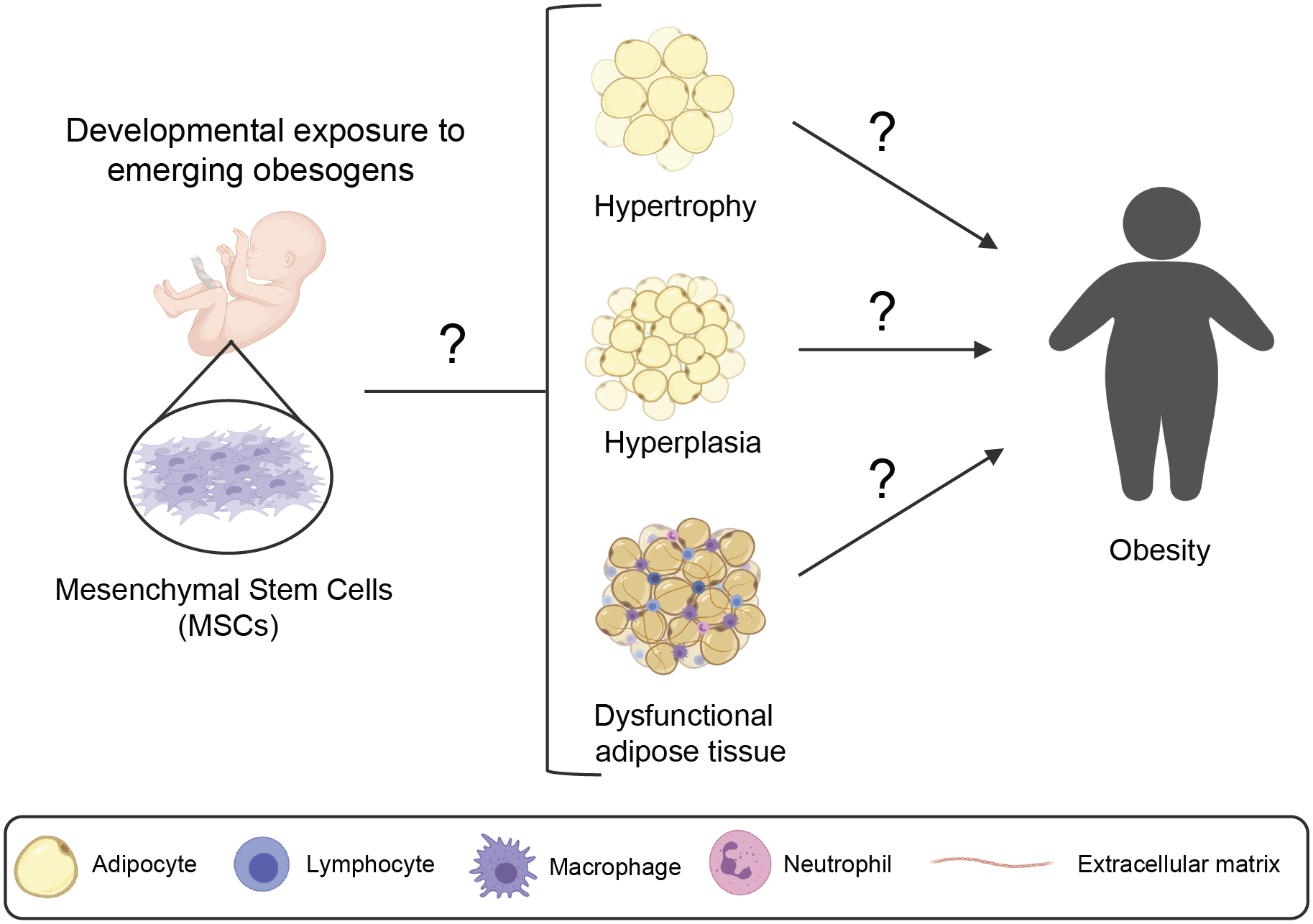Figure 2. Model representing the effect of developmental exposure to emerging obesogens in obesity later in life.

Emerging obesogens could reprogram mesenchymal stem cells (MSCs) during early stages of development to favor their differentiation into larger adipocytes (hypertrophy), more adipocytes (hyperplasia) or dysfunctional adipocytes. These alterations would lead to obesity and other metabolic disorders during adulthood. Question marks point to gaps in knowledge. These gaps include: 1) understanding if emerging obesogens alter adipose tissue development leading to adult obesity (left) and 2) the underlying mechanisms by which emerging obesogens can lead to adipose tissue hypertrophy, hyperplasia, and/or dysfunctional adipose tissue and ultimately obesity.
